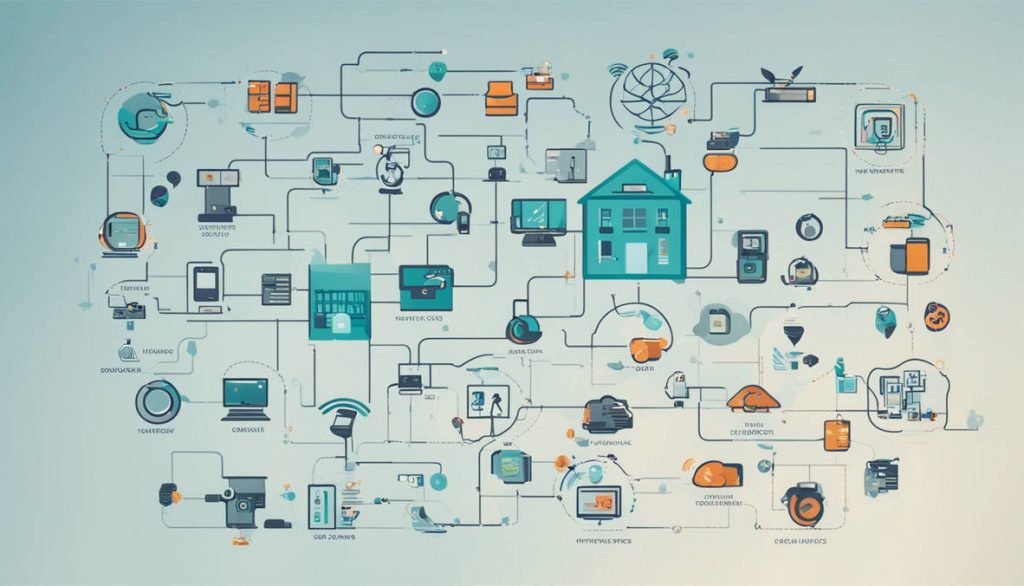Every powerful presentation begins with a moment that grabs the audience and holds their attention. That moment is the presentation hook. Whether you are pitching a business idea, leading a corporate meeting, or inspiring a team, presentation hooks set the tone and determine how deeply your audience connects with your message. Understanding how to craft and deliver effective presentation hooks can transform a simple slide deck into a memorable storytelling experience.
What Are Presentation Hooks and Why They Matter
A presentation hook is the opening element that captures attention, sparks curiosity, and encourages listeners to stay engaged. It could be a surprising fact, a thought-provoking question, a short story, or a striking visual that connects emotionally with the audience. Presentation hooks are essential because audiences often decide within the first minute whether they want to listen further. Without a strong hook, even the most informative presentation can fall flat.
When done right, a presentation hook creates anticipation. It helps you move beyond plain information sharing and build a sense of connection. Whether you are preparing a product launch presentation, a sales pitch, or a leadership talk, the right hook can set you apart from every other speaker in the room.
The Psychology Behind a Good Presentation Hook
To understand why presentation hooks work, you need to look at basic human psychology. People naturally pay attention to what surprises them or touches their emotions. When your introduction triggers curiosity, empathy, or excitement, the brain releases dopamine, which increases focus and retention.
This means an emotional or unexpected opening helps your audience remember what you say later. Great speakers often use storytelling, humor, or suspense as part of their presentation hooks because these techniques activate emotional engagement. The best hooks make the listener think, “I want to know more.”
Types of Presentation Hooks That Work Best
There is no single formula for a perfect presentation hook. What matters is alignment between your audience, message, and tone. Here are some effective approaches that consistently work across different presentation styles and industries.
Start with a Story
Stories connect on a personal level. Opening your presentation with a short and relevant story draws listeners in emotionally. It could be a customer success story, a personal experience, or a challenge that led to innovation. Stories humanize complex ideas and create a sense of empathy, making them among the most reliable presentation hooks.
Ask a Powerful Question
Questions make the audience think. When you start with a question that relates to their experiences or challenges, it instantly engages them. For example, “Have you ever wondered why some presentations stay in your mind long after they’re over?” Questions like these invite mental participation and encourage curiosity.
Share a Shocking Statistic
Numbers tell powerful truths. A surprising statistic can quickly highlight the importance of your topic. For instance, sharing that 90 percent of people forget a presentation’s content within 48 hours can immediately emphasize the value of your message. Data-based presentation hooks help establish credibility and urgency.
Use a Bold Statement
Sometimes confidence itself becomes a hook. Starting with a bold claim challenges assumptions and makes listeners curious about how you will support it. Statements like “Great presentations are not about slides, they’re about stories” encourage attention through contrast and intrigue.
Create a Visual or Demonstration
Visual storytelling is one of the most effective ways to build connection. A striking image, short video, or live demonstration can make your introduction memorable. Presentation hooks that use visuals work especially well in creative, marketing, or product design settings where seeing is more powerful than hearing.
Leverage Humor and Relatability
Laughter breaks barriers. A light, relevant joke or a humorous anecdote at the start can make the atmosphere comfortable and establish rapport. However, humor should always be respectful and aligned with the audience’s context to maintain professionalism.
Incorporate Silence and Pause
Sometimes what you don’t say creates more impact than what you do. Starting your presentation with a few seconds of silence before speaking can capture attention through contrast. This technique builds anticipation and makes your first words more powerful.
Crafting the Perfect Presentation Hook for Your Audience
Not every hook works for every audience. Understanding who you are speaking to is key. A corporate audience might prefer data-driven openings, while a creative team may respond better to storytelling or visuals. The best presentation hooks are customized to the audience’s interests, expectations, and challenges.
When crafting your hook, consider what your audience cares about the most. What problem do they want solved? What emotion or value can you tap into? The goal is to make them feel that your message directly relates to their world. Once you connect your opening to their reality, the rest of your presentation flows naturally.
How to Deliver Presentation Hooks Effectively
Delivery matters as much as content. Even a strong presentation hook can lose impact if delivered without confidence or energy. Maintain eye contact, use pauses strategically, and modulate your tone to emphasize key points. Your body language should reflect enthusiasm and authenticity.
Rehearse your opening several times until it feels natural but not rehearsed. Remember, the first thirty seconds of a presentation are crucial. You want to sound confident, not robotic. Practicing your presentation hook ensures that your introduction flows smoothly and sets the stage for the message that follows.
Integrating Presentation Hooks Throughout the Talk
While the opening hook is most important, great speakers use smaller hooks throughout their presentation. Mini-hooks such as surprising visuals, short stories, or rhetorical questions can re-engage the audience at key transition points. These techniques prevent attention dips and keep the momentum alive.
Think of your presentation as a story arc. The introduction grabs attention, the middle sustains curiosity, and the conclusion provides closure. Reinforcing your message with consistent engagement ensures the audience stays connected until the very end.
Common Mistakes to Avoid When Creating Presentation Hooks
Many presenters lose impact because their openings feel forced or irrelevant. Avoid using clichés like “Good morning everyone” or “Let me start by thanking you for being here.” These phrases fail to stand out. Instead, go straight into your story, question, or statement.
Another common mistake is overloading the introduction with too much information. A presentation hook should be short, focused, and impactful. Don’t reveal everything at once; leave room for curiosity. Finally, make sure your hook aligns with your presentation’s main theme. An unrelated opening may confuse the audience instead of engaging them.
Examples of Memorable Presentation Hooks
Imagine starting a presentation on innovation with “Fifty years ago, humans landed on the moon with computers less powerful than today’s smartphones.” This instantly captures imagination and frames your message around progress and creativity.
Or consider a marketing presentation that begins with “Every day, people scroll past over 10,000 digital ads. What makes them stop at yours?” It raises a problem that your presentation will later solve.
These examples show how presentation hooks can turn ordinary openings into moments of attention and connection.
The Connection Between Presentation Hooks and Storytelling
Storytelling and presentation hooks go hand in hand. A well-crafted story can serve as both an opening and a narrative thread throughout your presentation. The human brain is wired for stories; they make information relatable and memorable. Integrating storytelling techniques in your presentation hooks helps you move from data-driven talks to emotionally resonant communication.
Stories that highlight real experiences or challenges make your message more authentic. When people see themselves reflected in your story, they are more likely to remember and act on your ideas.
Conclusion
Presentation hooks are not just clever introductions; they are the gateway to engagement, connection, and persuasion. Whether through stories, questions, visuals, or data, the right hook ensures that your audience listens with interest from the first moment to the last. Mastering this art takes understanding, empathy, and creativity, but the reward is powerful communication that leaves a lasting impression.
To collaborate or know more, contact us today and let our experts help you craft presentations that truly captivate.



